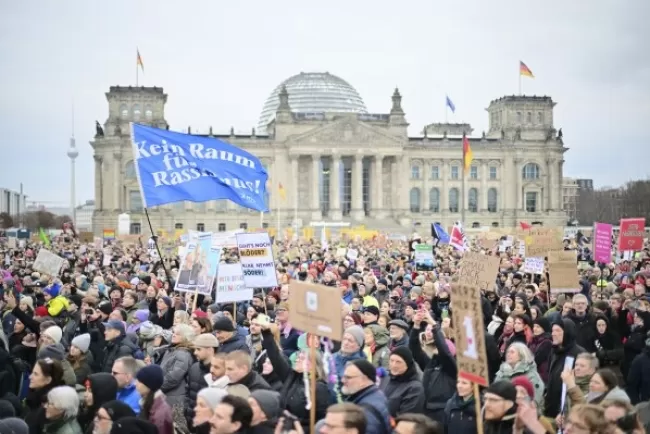Iran's Currency Plummets: Economic Turmoil Amid Sanctions
Iran's currency, the rial, has plummeted below the critical threshold of 1 million rials per US dollar, marking a record low that highlights the country's escalating economic crisis. The sharp decline in the rial's value follows multiple rounds of US sanctions imposed on Iran's oil exports, particularly since the return of President Donald Trump to office. This situation has grave implications for the Iranian economy and the daily lives of its citizens, as the depreciation of the rial exacerbates inflation and increases the cost of essential goods.
Economic Impact of Currency Decline
With inflation rates soaring to 40%, many Iranians are finding it increasingly difficult to afford basic necessities such as food, medicine, and fuel. As the rial weakens, imports become more costly, further straining household budgets. Citizens are turning to alternative forms of currency, such as gold and US dollars, in a bid to preserve their wealth and mitigate the effects of the depreciation. Since President Masud Pashinian took office last year, the rial’s value has halved, underscoring the deepening economic distress faced by the country.
The latest rounds of sanctions have severely limited Iran's access to foreign currency and oil revenue, leading to a significant loss of market confidence. Despite these economic challenges, Iranian officials maintain that they are prepared to endure external pressures, rejecting US calls for renewed negotiations. This diplomatic standoff has only served to fuel instability within the markets.
Tensions and Diplomatic Stalemate
Recent warnings from President Trump to Iran's Supreme Leader Ayatollah Ali Khamenei have heightened tensions, suggesting that Iran's nuclear program could face either diplomatic negotiations or military action. However, Iranian leadership has dismissed the prospect of talks, labeling them as deceptive and unproductive. The ongoing deadlock in diplomatic relations between the two nations continues to escalate concerns over potential conflict, adding to the uncertainty surrounding Iran's economic future.
As ordinary Iranians and investors offload the rial in anticipation of further depreciation, the outlook for the Iranian economy remains bleak. The downward spiral of the currency shows no signs of reversing anytime soon, leaving the population vulnerable to the harsh realities of inflation and economic instability.
Conclusion
Iran's economic situation is precarious, driven by a combination of sanctions, currency devaluation, and a lack of viable diplomatic solutions. As the rial continues to fall and inflation rises, the Iranian people face increasing challenges in their daily lives. The need for a resolution to this economic crisis is urgent, but until a breakthrough occurs in diplomatic negotiations, the prospects for improvement remain dim.
Stay tuned for further updates on Iran's economic situation and its implications for the region.
What's Your Reaction?















